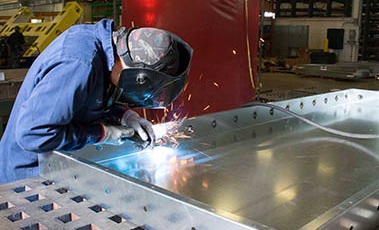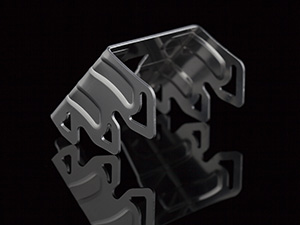Sheet Metal Fabrication
Sheet metal is a common raw material, usually 0.006 and 0.25 inch thick. Sheet metal processing involves many processes designed to assemble, cut, or form sheet metal parts. After manufacturing, products usually need to be finished before they can be used for commercial purposes.

How Does Sheet Metal Fabrication Work?
According to the type of parts to be manufactured, the complexity of the design and the required finish, the sheet metal fabrication can be formed in 3 simple steps, namely cutting, forming and joining.
During the sheet metal fabrication process, thin sheet metal stock is placed on a flat bed where a laser cutter draws programmed part patterns. Depending on the part geometry, a sheet metal punch can form additional features. Once the parts are deburred, they move to the press brake where they are formed into the final geometries. Additional secondary operations are often used to finish the sheet metal parts.
Material of Sheet Metal Fabrication
- Aluminum 6061-T651
- Aluminum 5052-H32
- Brass C260
- Copper C101
- Copper C110
- Stainless Steel 301
- Stainless Steel 304
- Stainless Steel 316/316L
- Steel Low Carbon
Benefits of Sheet Metal Fabrication
- Easy to deformation, so that a simple process can be used to manufacture a variety of forms of components.
- Sheet metal structural parts are light in weight
- Small amount of processing, due to the sheet metal surface quality is high, thickness direction dimension tolerance is small, the plate does not need to be processed
- Easy to cut and weld, can make large and complex components
- Shape specification facilitates automatic machining

Industries that use Sheet Metal
Sheet metal processing is widely used in aerospace, aviation, defense, automobile, railway, general construction, oil and gas industries due to its processing diversity, speed and efficiency.
